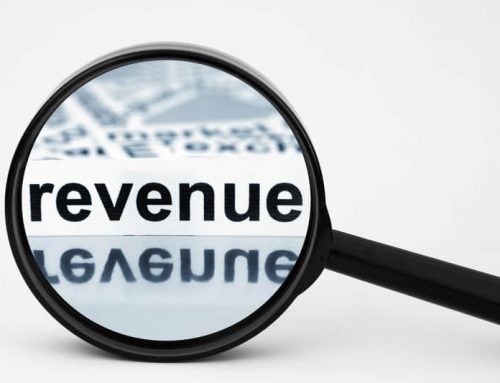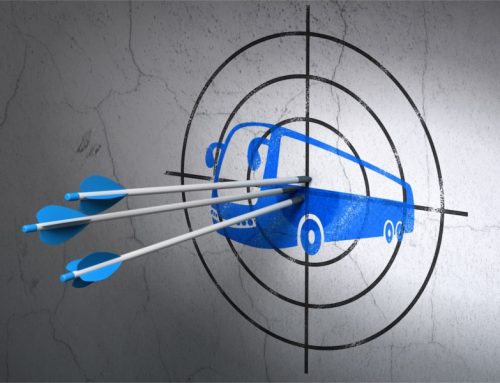Lately I have been involved with a number of startup businesses, including a couple of my own. One observation I have made is that many small business startup owners tend to focus later stages objectives rather than the early stage growth cycle objectives they should. The result of their focus on the “wrong” objectives is what causes so many startups to fail.
First, let’s take a look at the small business growth stages that really makeup the startup stage. My opinion is that a business in the “startup phase” until it can achieve financial breakeven on a consistent basis. What does that mean? That means the business can pay all its bills every month without the owner investing more of his/her money. By this definition there are 10-year old businesses that still struggle and are considered in this startup stage. And, I would say this is an accurate statement. The main purpose of any business is to make money. If it cannot do that, then it has not met its first major milestone, thus it is still in “startup mode.”
In a previous post titled Nowhere Land – Stuck Between Small Business Survival and Success, I shared a common problem many small business owners face when they feel they have a successful business. But, what they really have achieved is personal success. These businesses are in the later stage that we find startups. They are only one step ahead of a startup as these owners have found a way to “personally” assure that their company turns a profit and are rewarded from it.
The difference with startups is they are still struggling to find consistent cash flow and if they’re lucky some level of profitability.
So, how does a startup get to the next level? Easy, by focusing on the objective of the first two stages of the small business growth cycle! Here is a list of the milestones that an owner must focus on if they are ever to get beyond the startup stage:
Foundation Growth Stage – Startup:
- Assure you are generating enough cash to meet financial needs
- Test market acceptance, determine a market exists for your product or service
- Can you find enough customers to survive to the level of your sales plan
- Provided service well enough to create customer loyalty
- Expand beyond 1 key customer
- Accomplish the proper legal structure for company to protect yourself and the entity
Survival Growth Stage:
- Move your focus from cash to sales
- Establish a customer base and market presence by modeling profitable client needs
- Focus on getting your product/service into the market.
- Generate enough cash flow to break even & to finance growth
- Hire people to help
- Conduct a reality check: Is the business on the right track, or does a different business model create greater future asset value for you company?
If any of these objectives seem foreign or unclear to you, then you have another objective to address – getting some business training. If you don’t know how to accomplish these objectives chances of you moving forward decrease dramatically. I believe this is the reason so many startups fail. Seek out the assistance of a small business development center in your area or find a business coach (not a personal coach) in your area.
If you’re unsure of your business’ current situation the DE, Inc. overview video Tuning Your Revenue Engine is a good place to start. If you want a roadmap to follow to meet these objectives the DE, Inc’s SPARC Business Growth Framework will help you build the roadmap specifically for your small business.
Where in the cycle is your startup? Or, if you have successfully navigated your small business through the startup stages, share your story so that other may benefit from your knowledge.







[…] of that task. This helps keep the team focused on what is important and creates accountability. Here is a very good article on the key tasks and items that a startup should be focused […]
Keep these artiecls coming as they’ve opened many new doors for me.
I’m shocked that I found this info so eailsy.
[…] growth cycle once again. One of the observation I that I wrote about in an earlier post titled “Is Your Startup Focused on the Right Objectives?” was how new business owners tend to get wrapped up in things that shouldn’t distract them from […]
Well done article that. I’ll make sure to use it wseliy.
[…] the small business growth cycle. Start by deteremining if you have achieved the goal of the Existence Stage of the small business growth cycle. Next, grow your business through the Survival Stage. […]
Wow, superb blog layout! How long have you been blogging for? you make blogging look easy. The overall look of your web site is wonderful, let alone the content!. Thanks For Your article about Is Your Startup Focused on the Right Objectives? — Your Small Business Growth .
[…] not sure of the major objectives in the existence stage, take a look at the post titled, “Is Your Startup Focused on the Right Objectives?”. Remember you don’t have to be a startup to find yourself at this stage of the growth […]
I simply want to say I am all new to blogs and truly liked this website. Probably I’m going to bookmark your blog post . You really have incredible well written articles. Kudos for revealing your website.
I just want to say I am just beginner to blogging and site-building and certainly savored you’re web blog. Likely I’m going to bookmark your blog post . You absolutely have wonderful article content. Thanks a bunch for sharing with us your webpage.
Well I really enjoyed reading it. This information procured by you is very practical for good planning.
[…] https://yoursmallbusinessgrowth.com/is-your-startup-focused-on-the-right-objectives/ […]
[…] growth cycle once again. One of the observation I that I wrote about in an earlier post titled “Is Your Startup Focused on the Right Objectives?” was how new business owners tend to get wrapped up in things that shouldn’t which distracts […]
Starting up with the right objectives will go a long way. Also, a virtual assistant alongside to help get things done is very helpful.